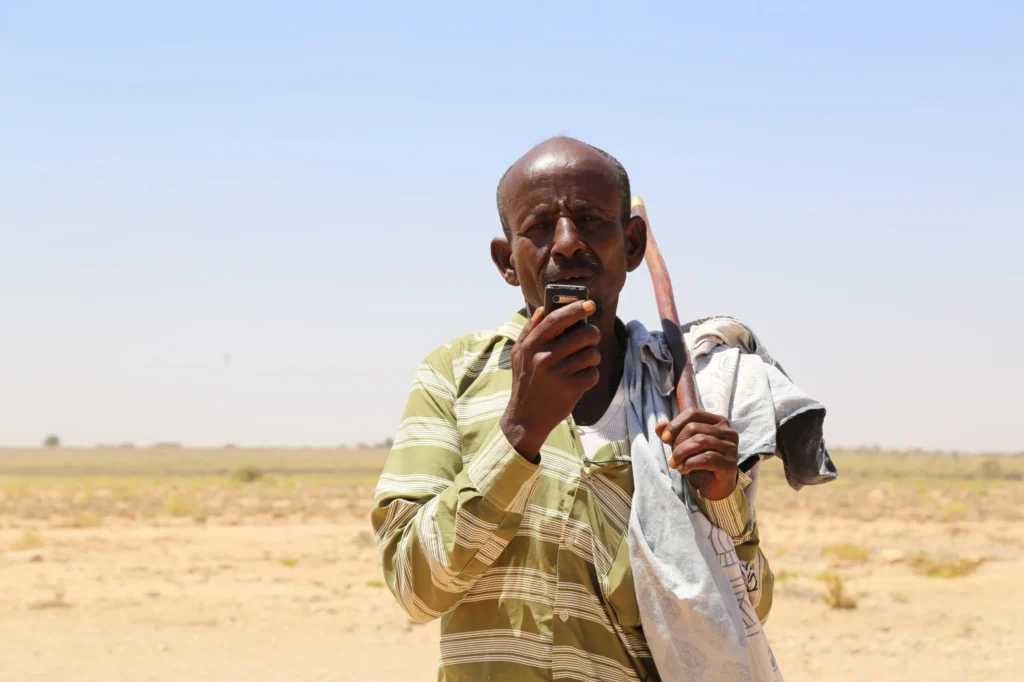Digital Finance in Somalia: FinTech, Mobile Money & the Somali Shilling
Mobile Money as a Financial Game-Changer in Somalia
The proliferation of mobile money systems in Somalia represents a significant paradigm shift in how financial services are accessed and utilized, particularly in light of the historical challenges posed by the instability of the Somali Shilling and the limitations of traditional banking infrastructure (Aron, 2018). With a substantial portion of the population actively using mobile services, including saving and transferring money via their mobile phones, Somalia stands out as a nation where mobile technology has become deeply embedded in the financial lives of its citizens (Mohamed & Nor, 2021).
This widespread adoption of mobile money is not merely a technological upgrade; it signifies a fundamental alteration in the economic landscape, impacting everything from small business operations to individual household finances (Mohamed & Nor, 2021). The rise of mobile money in Somalia can be viewed as a “leapfrogging” phenomenon, where the country has bypassed the conventional stages of financial infrastructure development by directly embracing digital financial technologies (Aron, 2017). Mobile money systems allow monetary transactions to take place from mobile devices which are currently available to most people including the low-income cadre (Kamau, 2021).

Filling the Paper Currency Gap with Mobile Money
The diminished value of the Somali Shilling has created an environment where mobile money has not only become a convenient alternative but a necessary tool for conducting daily transactions. The absence of a stable and widely accepted national currency has fueled the demand for alternative mediums of exchange, and mobile money has effectively filled this void.
Reaching the Unbanked Through Digital Innovation
The use of mobile money in sub-Saharan Africa has allowed people access basic financial services over mobile phones to individuals and small businesses, especially those who are marginalized from the traditional banking system (Nan & Park, 2021). This has several advantages such as; convenience, affordability, and accessibility (Alhassan & Butler, 2021). Furthermore, the lack of traditional banking infrastructure, particularly in rural areas, has further accelerated the adoption of mobile money, providing a lifeline to individuals and businesses that would otherwise be excluded from the formal financial system. This shift towards mobile money is particularly beneficial for rural households, which are often underserved by the formal banking system, allowing for cheaper and more reliable money transfers, especially for remittances, compared to traditional methods (Kikulwe et al., 2014).
Challenges in Somalia’s Mobile Money Landscape
However, the transition to a mobile money-dominated economy is not without its challenges, and it is crucial to examine whether this shift is a net positive for the Somali economy. While mobile money offers numerous advantages, including increased financial inclusion and reduced transaction costs, it also introduces new risks and vulnerabilities. One of the key concerns is the potential for financial instability due to the lack of regulatory oversight and the concentration of power in the hands of a few mobile money operators. The absence of robust regulatory frameworks and consumer protection mechanisms can expose users to fraud, theft, and other illicit activities. Also, there is also need for further investment in telecommunication infrastructure in order to achieve efficiency in mobile money operations. Moreover, the lack of interoperability between different mobile money platforms can create inefficiencies and hinder the development of a truly integrated financial ecosystem.
The macroeconomic effects of mobile money can be realized to the extent that it improves financial inclusion (Mawejje & Lakuma, 2019).
Driving Economic Empowerment Through FinTech
Despite these challenges, the potential benefits of mobile money in Somalia are undeniable. The technology has been applied in different sectors such as business, health, agriculture, education and finance (Ali et al., 2020). Mobile money has the potential to stimulate economic growth by facilitating trade, investment, and innovation. For businesses, mobile money offers a more efficient and secure way to manage payments, reduce transaction costs, and access new markets (Warsame, 2022). For individuals, mobile money provides a convenient and affordable way to save, borrow, and invest, empowering them to improve their financial well-being. Moreover, the increased use of mobile money can lead to greater financial transparency and accountability, reducing opportunities for corruption and illicit financial flows. It is important to note that the success of mobile money in Somalia depends on a variety of factors, including the availability of reliable telecommunications infrastructure, the level of financial literacy among the population, and the effectiveness of regulatory oversight.
Conclusion: Building a Resilient Digital Financial Ecosystem
In conclusion, the rise of mobile money in Somalia represents a complex and multifaceted phenomenon with both opportunities and challenges. While the instability of the Somali Shilling has undoubtedly contributed to the adoption of mobile money, it is essential to recognize that this technology has the potential to transform the financial landscape and drive economic development. To fully harness the benefits of mobile money, the Somali government and other stakeholders must work together to create a supportive regulatory environment, invest in infrastructure, and promote financial literacy. The markets in developing economies are generally fragmented. The use of digital financial services has not yet gained popularity because of certain barriers which include; illiteracy, limited knowledge about mobile money, very low levels of trust, and poor infrastructures (Agwu, 2020).
By addressing these challenges and capitalizing on the opportunities, Somalia can leverage mobile money to build a more inclusive, resilient, and prosperous economy.
